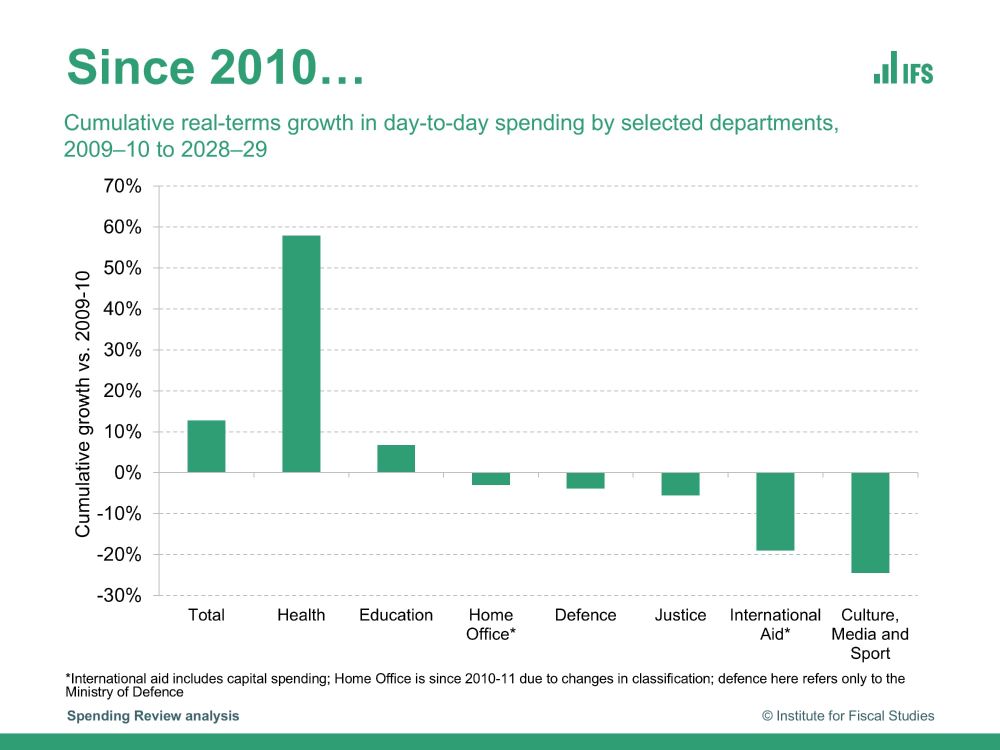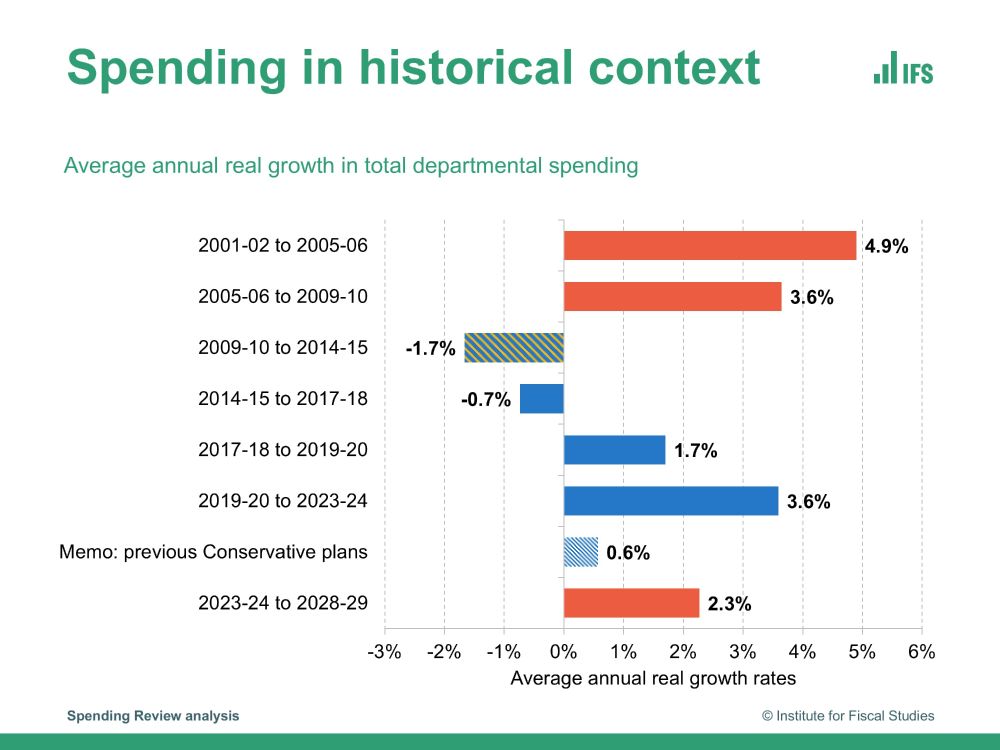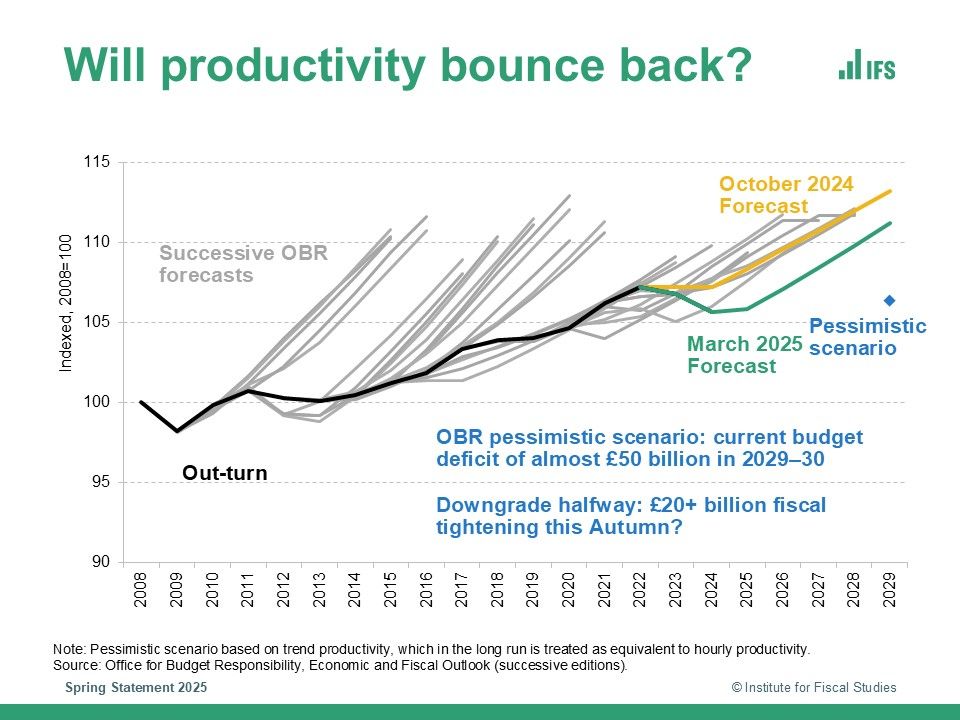Nick Ridpath
@nickridpath.bsky.social
36 followers
120 following
9 posts
Research Economist at the IFS
Posts
Media
Videos
Starter Packs
Reposted by Nick Ridpath
Reposted by Nick Ridpath
Reposted by Nick Ridpath
Nick Ridpath
@nickridpath.bsky.social
· May 22
Reposted by Nick Ridpath
Bee Boileau
@beeboileau.bsky.social
· Apr 10
Reposted by Nick Ridpath
Reposted by Nick Ridpath
Nick Ridpath
@nickridpath.bsky.social
· Feb 26













